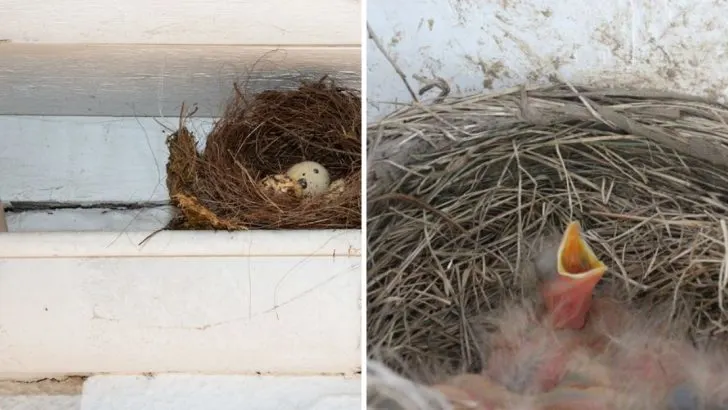Finding a bird nest tucked into your porch light, gutter, or eaves can be a sweet surprise—until it starts causing damage or becomes a safety issue. Most people want to do the right thing, but it’s not always clear what that is when it comes to nests. The rules around removing them can be stricter than you’d think, and timing matters a lot.
This guide breaks down when it’s actually okay to remove a bird nest and how to go about it without harming wildlife—or getting yourself into legal trouble. It’s all about being respectful, careful, and knowing the difference between an active nest and one that’s no longer in use.
Abandoned Nests
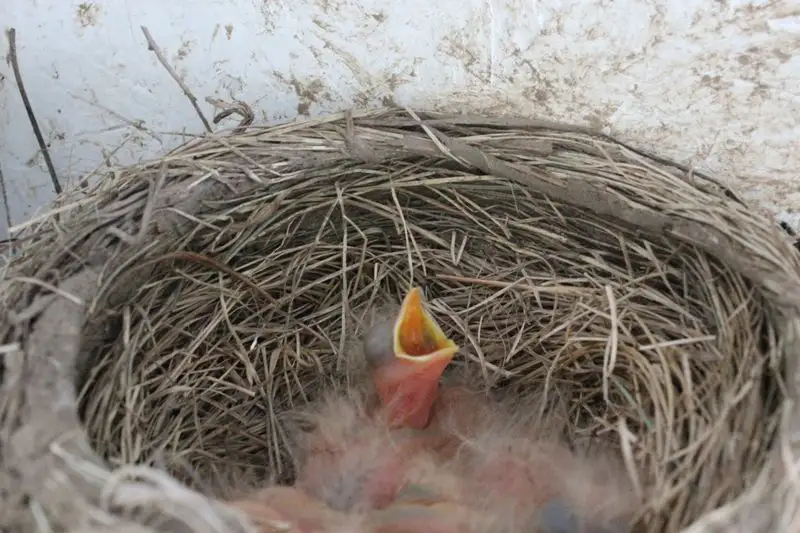
Abandoned nests, once lovingly constructed, may occasionally be left behind by their avian architects. Before removing such a nest, ensure it’s truly deserted by observing it over several days at different times.
When you are confident it’s unoccupied, proceed with care, preserving its delicate structure.
This situation offers a unique opportunity to explore the intricate design up close. However, always check local wildlife regulations to ensure compliance, as some nests are protected, even when empty. Removing an abandoned nest can aid in preventing pests from settling in.
Safety Hazards
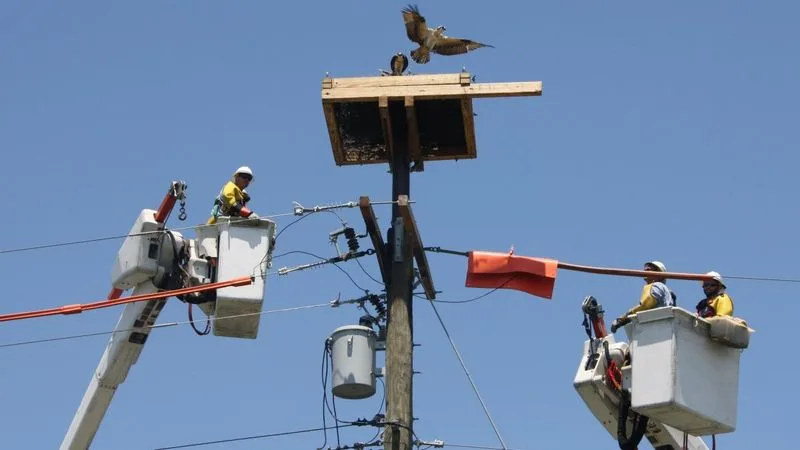
Nests built in hazardous locations, such as electrical equipment or chimneys, pose significant safety risks.
If a nest is endangering human safety, it may be appropriate to remove it, but proceed with caution and adhere to legal requirements.
Contact wildlife authorities if necessary, and consider relocating rather than destroying the nest. It’s crucial to balance human safety with the preservation of bird life, ensuring minimal disruption to the birds’ natural behavior. Removing such nests often requires professional assistance due to the potential dangers involved.
Non-native Species

Non-native species, like starlings, sometimes take over spaces meant for native birds, leading to ecological imbalances.
Removing these nests can help restore harmony to the local ecosystem, but timing is key.
Ensure that no chicks or eggs are present before proceeding, as it’s important to cause minimal harm. Understanding the impact of non-native species and their nesting habits can guide appropriate actions. Always consult wildlife experts to determine the best course of action, as regulations might vary. Such interventions require a thoughtful approach to maintain ecological balance.
Construction and Renovation
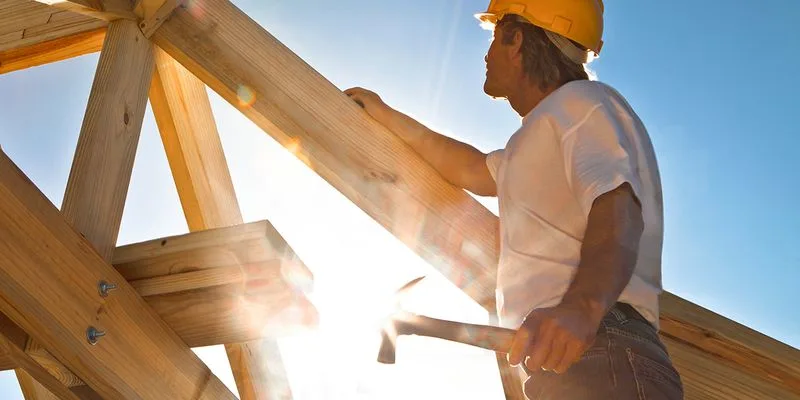
Construction zones often disrupt established bird nests, creating challenges for both builders and birds.
Before initiating any removal, assess the stage of nesting and local wildlife laws.
If removal is necessary, work with conservationists to find suitable alternatives or temporary refuges for the birds. This careful coordination ensures that construction efforts don’t inadvertently harm bird populations. By balancing development with ecological awareness, both human progress and wildlife conservation can coexist harmoniously. Such collaborations highlight the importance of responsible urban planning.
Damage to Property
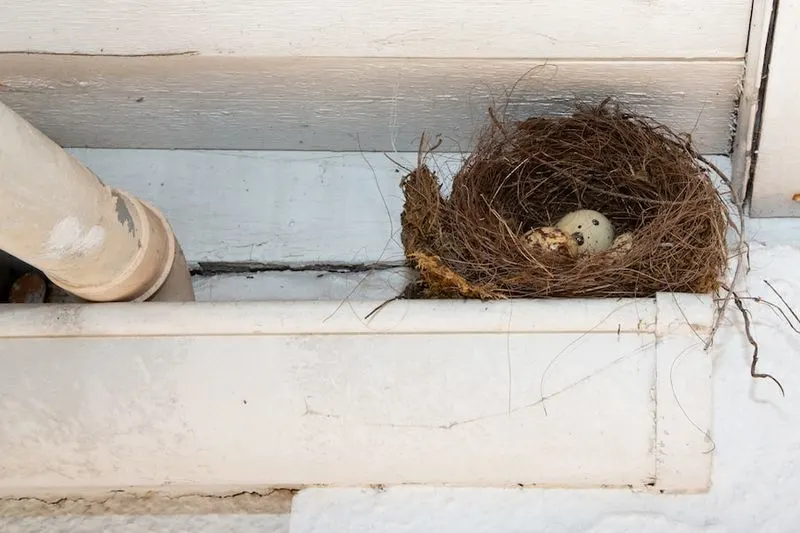
Bird nests built on roofs or gutters can lead to significant property damage over time.
Removing these nests requires a delicate touch, ensuring that structural harm is minimized while respecting wildlife.
Consider preventive measures post-removal, like installing deterrents, to dissuade future nesting. While property protection is essential, it’s equally important to ensure that actions taken don’t unnecessarily disrupt the birds’ lives. Engaging professionals for safe and legal removal is advisable, balancing property concerns with ethical wildlife treatment.

